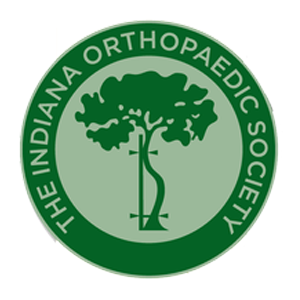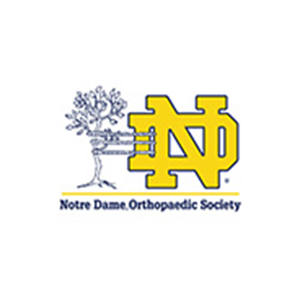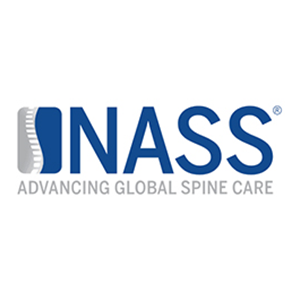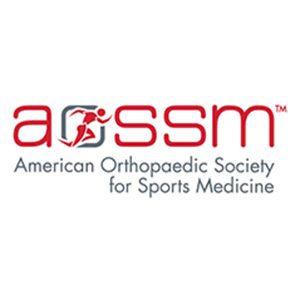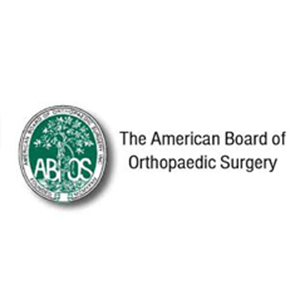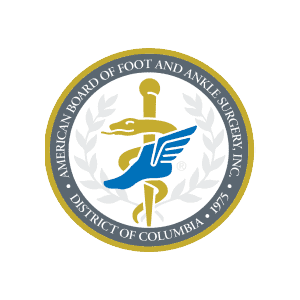What is Pediatric Deformity (Club Foot, CMT, Flat Foot)?
Pediatric deformities, including clubfoot, Charcot-Marie-Tooth (CMT), and flatfoot, are conditions that affect the normal development of a child’s feet. These may require non-surgical or surgical interventions to address structural issues.
Common Pediatric Deformities:
Clubfoot
Genetic Component: Can run in families.
Womb Position: Influenced by the positioning of the baby’s feet in the womb.
Charcot-Marie-Tooth (CMT)
Genetic Disorder: Caused by mutations in specific genes.
Inherited: Can be passed down from one or both parents.
Flatfoot
Genetic Predisposition: Some may have a genetic tendency.
Muscle Imbalances: Weakness or tightness can contribute.
Anatomy of Foot and Ankle
The foot and ankle are intricate structures composed of 26 bones, 33 joints, and various soft tissues, including cartilage, ligaments, muscles, tendons, and bursae. These components work together to provide movement, stability, and balance to the body.
Causes of Pediatric Deformity (Club Foot, CMT, Flat Foot)
Pediatric deformities have diverse causes, often influenced by genetic factors, positioning in the womb, genetic mutations, heredity, genetic predisposition, muscular imbalances, and even injuries or health conditions. These conditions may overlap or result from a combination of genetic and environmental factors.
Diagnosis of Pediatric Deformity (Club Foot, CMT, Flat Foot)
Diagnosing pediatric deformities involves a comprehensive approach, including clinical evaluation, medical history assessment, and, in some cases, imaging studies. Early detection, typically led by a pediatrician, pediatric orthopedic doctor, or neurologist, is crucial for effective management.
Treatment of Pediatric Deformity (Club Foot, CMT, Flat Foot)
The treatment of pediatric deformities involves a multidisciplinary approach tailored to each condition. Surgical procedures may be considered based on the severity of the deformity, the child’s age, and individual factors. Regular follow-up appointments and monitoring are essential for tracking progress and adjusting treatment plans.
Importance of Early Intervention
Early detection and intervention are critical for achieving optimal outcomes. Our collaborative healthcare team at South Bend Orthopedic, including pediatric orthopedic specialists, physical therapists, and orthotists, works together to provide comprehensive care. The goal is to enhance the child’s function, improve mobility, and optimize overall quality of life.

